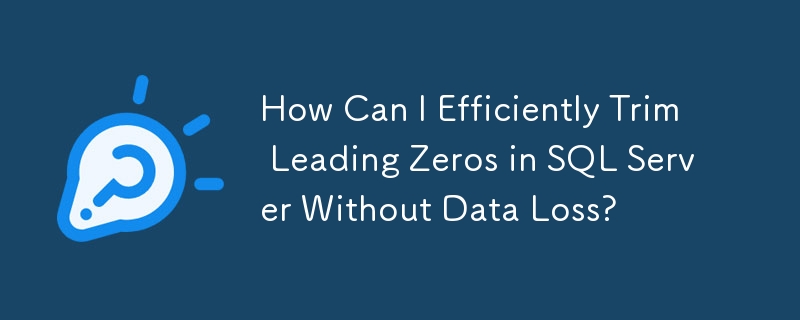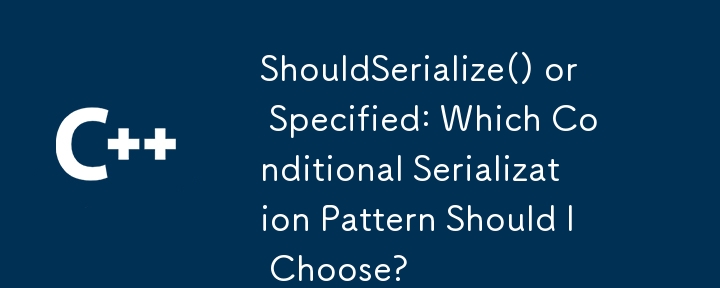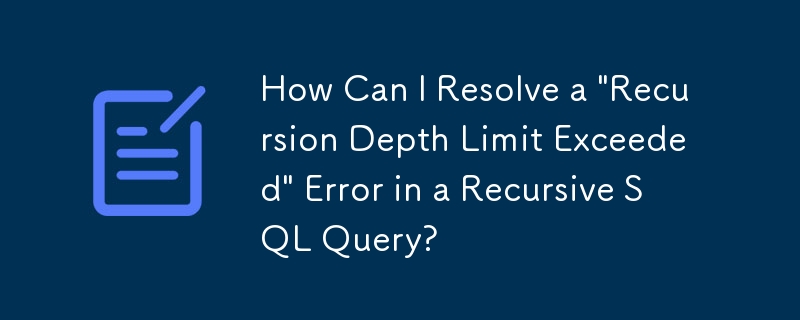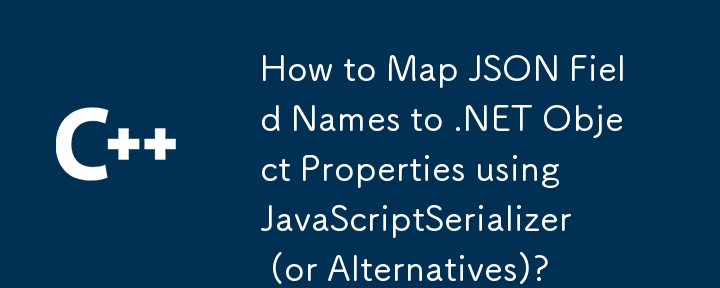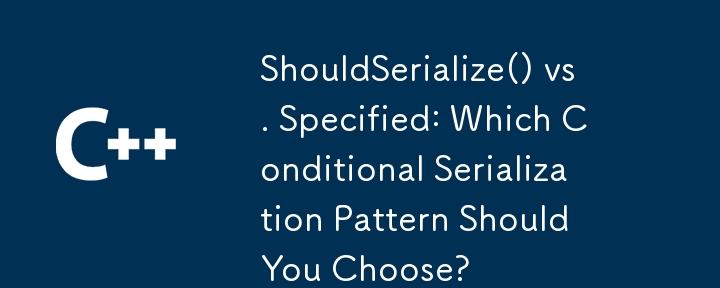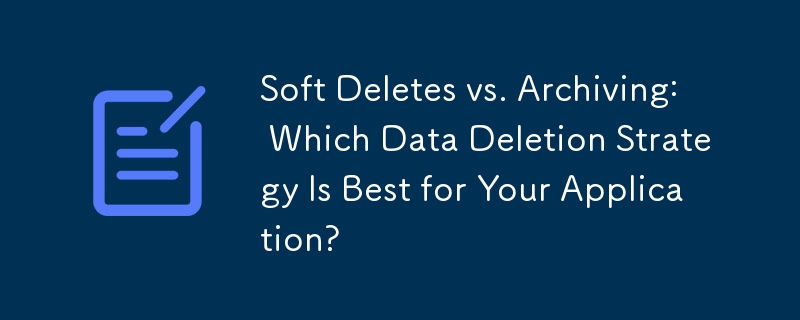Found a total of 10000 related content
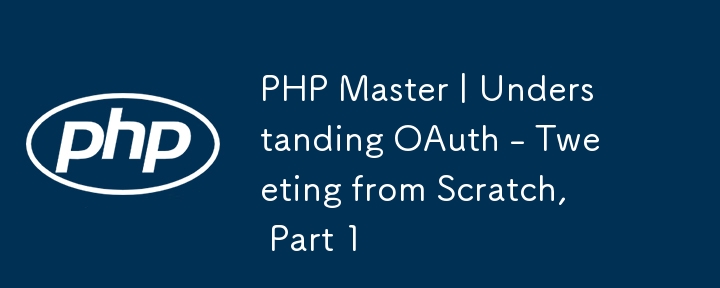
PHP Master | Understanding OAuth - Tweeting from Scratch, Part 1
Article Introduction:Core points
OAuth is like a "valet key" that allows PHP applications to post to Twitter on behalf of users without having to enter a username and password every time. An application is a consumer, a user is a resource owner, and Twitter is a server or service provider.
To post information on Twitter, the application needs to obtain its own client credentials: the consumer key and the consumer key. Twitter grants these credentials after the application completes the registration form and provides information such as its name, description, website URL, and callback URL.
Consumer keys and consumer keys allow applications to communicate with the Twitter API, but post pushes on behalf of users
2025-03-02
comment 0
420

Using Guzzle with Twitter via Oauth
Article Introduction:This article explores using Guzzle, a PHP HTTP client, to interact with APIs requiring OAuth authentication, specifically focusing on Twitter's API. Guzzle simplifies OAuth implementation by providing its own OAuth subscriber, eliminating the need f
2025-02-20
comment 0
1109

Taming the Snoo: Playing with the Reddit API
Article Introduction:Unlock the Power of Reddit's Data: A PHP Guide to the Reddit API
This article demonstrates how to leverage the Reddit API with PHP, focusing on both public and authenticated methods. We'll explore basic search functionality and then delve into OAuth
2025-02-10
comment 0
685

How to Secure API Endpoints in PHP?
Article Introduction:This article details securing PHP APIs. It emphasizes a multi-layered approach encompassing input validation, output encoding, authentication (OAuth 2.0, JWT, API keys), authorization (RBAC, ABAC), HTTP security headers, rate limiting, and regular s
2025-03-10
comment 0
569

Google Drive API PHP automation: implement long-term invisible authentication and file upload
Article Introduction:This article aims to solve the frequent manual authentication problems caused by short-term expiration of Google Drive API Access Tokens. We will explore the OAuth 2.0 authentication mechanism in depth, and focus on how to use Refresh Tokens to achieve a senseless authentication process for one-time authorization and automatic acquisition of new access tokens for a long time. Ensure that your Google Drive automation project runs stably and efficiently in an unattended environment with detailed PHP code examples and key configuration instructions.
2025-08-16
comment 0
709

Automated Google Drive API access: Persistence and refresh token mechanisms
Article Introduction:This article aims to address the issue of the outage of the Google Drive API access token, causing the interruption of the automation process. We will explore the Refresh Token mechanism in the OAuth 2.0 protocol in depth, and use PHP sample code to show in detail how to persist in storage and use refresh tokens after one-time user authorization, so as to achieve long-term and automated Google Drive file operations without manual intervention, ensuring the continuity and stability of API access.
2025-08-16
comment 0
1026
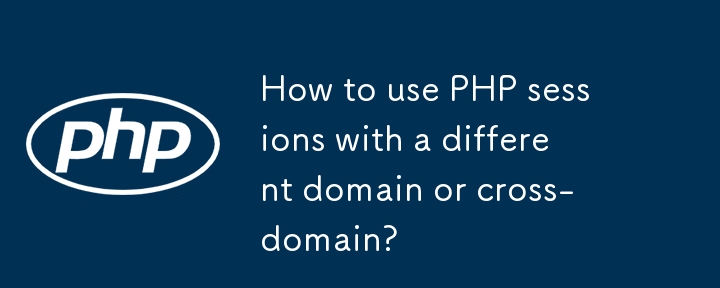
How to use PHP sessions with a different domain or cross-domain?
Article Introduction:The answer is: PHP native session is only available for single domain names by default, but can be shared across domains through manual intervention. 1. Explicitly pass the sessionID, pass it through URL parameters or custom header and set session_id in the target domain name; 2. Share the session storage backend, such as using Redis, Memcached or NFS shared directory; 3. Set the domain attribute of the cookie to be suitable for subdomain sharing; 4. Use advanced solutions such as OAuth, JWT or SSO to replace the direct sharing session to improve security and scalability. The above methods need to be combined with HTTPS and security control to prevent risks.
2025-07-13
comment 0
421


Dave The Diver: How To Catch Spider Crabs
Article Introduction:In Dave The Diver, there are some creatures that are not easy to catch. Or, catch alive that is. The spider crab is one of those very species, making it seem like the only way to bring these crustaceans back up to land is to viciously crack them up w
2025-01-10
comment 0
909

Prepare for Interview Like a Pro with Interview Questions CLI
Article Introduction:Prepare for Interview Like a Pro with Interview Questions CLI
What is the Interview Questions CLI?
The Interview Questions CLI is a command-line tool designed for JavaScript learners and developers who want to enhance their interview
2025-01-10
comment 0
1524
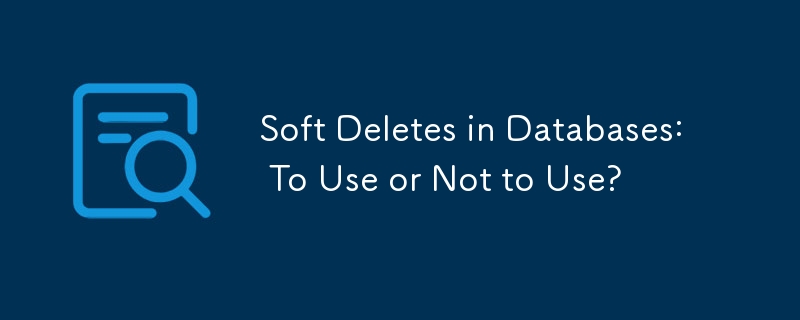
Soft Deletes in Databases: To Use or Not to Use?
Article Introduction:Soft Deletes: A Question of DesignThe topic of soft deletes, a mechanism that "flags" records as deleted instead of physically removing them, has...
2025-01-10
comment 0
1117











